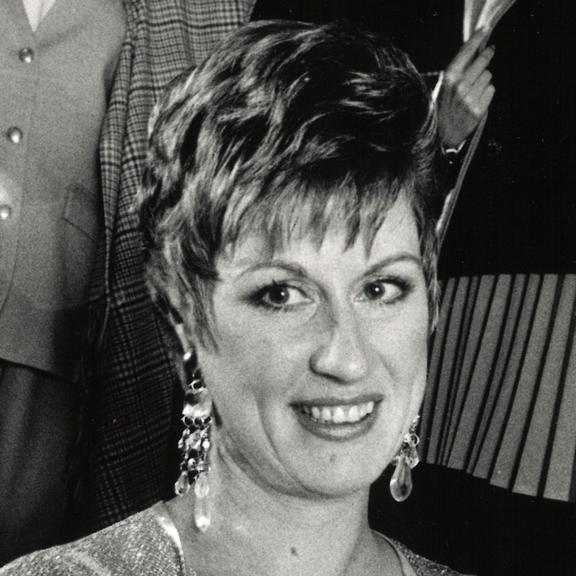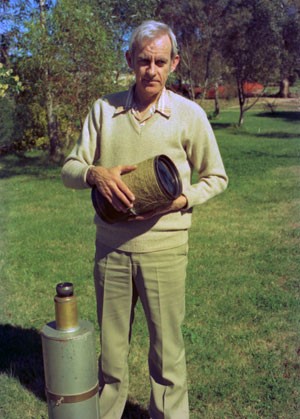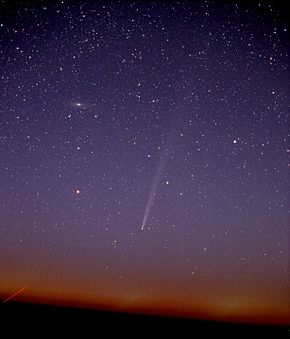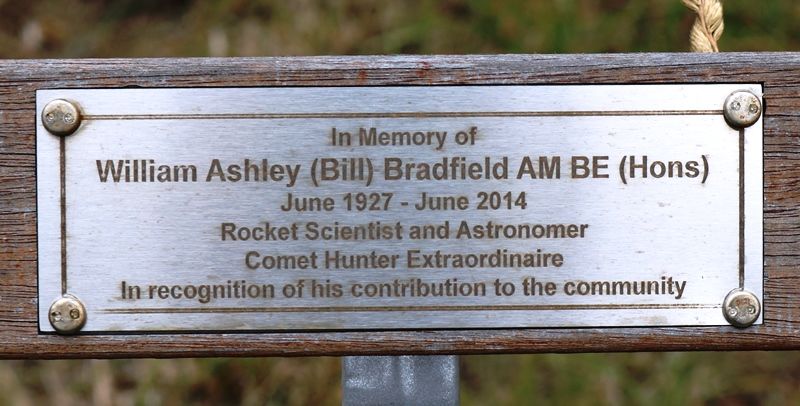Perri Cutten: A Timeless Legacy in Fashion
Remembering Perri Cutten: A trailblazing Australian fashion designer whose timeless elegance and...

 Search...
Search...

It is probably not surprising that a young lad in New Zealand on a dairy farm would be interested in astronomy. The generous scattering of stars across the wide, open skies above William 'Bill' Bradfield would have made an excellent playground. He even got his first telescope at 15 years old. He didn't take up astronomy seriously, however, until he was in his forties. Then he became famous throughout the astronomical world.
Born in 1927, Bill moved from New Zealand to the outskirts of Adelaide in South Australia to establish his career as a rocket propulsion engineer with the Australian Department of Defence. His interest in astronomy continued in an amateur fashion until 1970. When Comet Bennett had been discovered before the dawn one morning, he started to think 'Perhaps I can find a comet too.'
Using a second hand telescope bought from a fellow Astronomical Society of South Australia (ASSA) member, Bill started to sweep the night skies hunting for comets in 1971. After a full year and some 260 hours, his persistence paid off when he discovered Comet Bradfield.
Bill would go on to discover six more comets over the next six years. By the time he had discovered the 13th comet, he was known as the 20th century's most prolific comet-hunter. All in all, he discovered 18 comets over a period of 3600 hours. The longest taking 384 hours (his 12th comet discovered in 1984) and the shortest, nine hours (his 6th comet discovered in 1976).

The remarkable facts about Bill's discoveries were that he worked alone and was the sole discoverer of all 18 comets. He only used his old home-made telescopic equipment, apart from a 100 year old lens and modern eyepieces, but all were perfectly suited for hunting comets. He never used photographic or computerised detection equipment - all his discoveries were made relying totally on his visual sweeps across the skies.
Bill became president of ASSA from 1977 to 1979. In 1981 he received the Berenice and Arthur Page Medal from the Astronomical Society of Australia and in 1989 he was appointed an honorary life member of ASSA. In 2000, ASSA created the Bill Bradfield Astronomy award in honour of his achievements as an amateur astronomer.
In 2004, the year he discovered his last comet, he was awarded the Edgar Wilson Award from the Smithsonian Astrophysical Observatory (SAO) through the IAU's Central Bureau for Astronomical Telegrams (CBAT). Finally he was inducted in the ASSA Hall of Fame in 2013
Roger W Sinnott of Sky & Telescope said Bill's last discovery was his best:
"After it rounded the Sun (whose glare made it unobservable from the ground), C/2004 F4 entered the morning sky. As comet expert John Bortle (Stormville, New York) recalls, "For a week or so it remained an extraordinary sight, with a bright 3rd-magnitude star-like head and a very long, narrow, and wispy tail that could be traced for 12° or more.""
After a long illness and at the ripe old age of 86, Bill passed away on June 9, 2014. His achievements are marked at the Torrens Vale Lookout in Torrens Vale, South Australia, where there is a bench seat embedded with a memorial in honour of Bill.

Tales From The Grave - Uncovering family history from down under By Samantha Elley.
Sources: